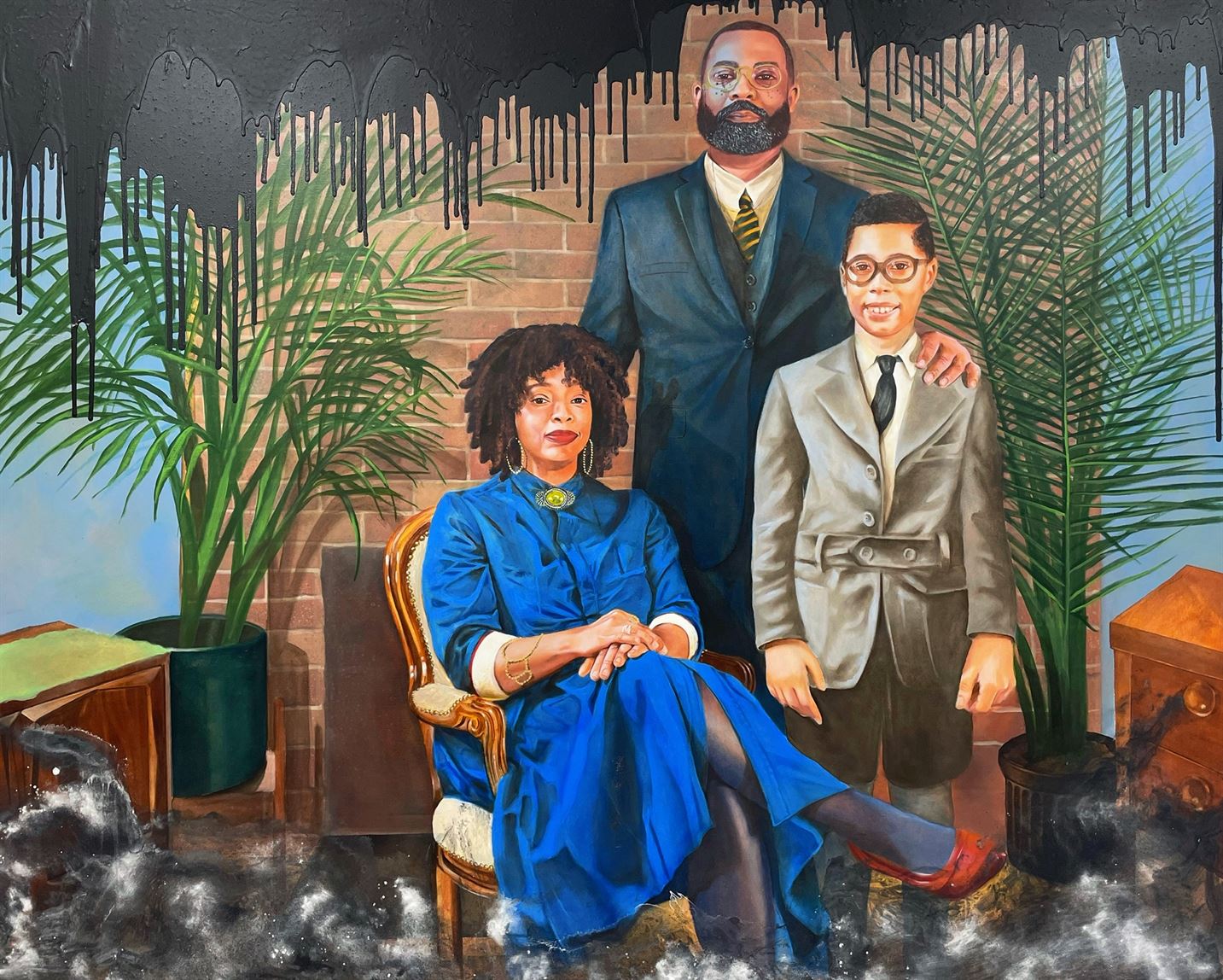A portrait of a family dressed in formal attire. The father looks proudly straight ahead, one hand on his son’s shoulder and the other on the chair his wife is sitting on. The wife’s gaze is calm, cool and confident as she sits on the cushioned chair, her legs crossed. The son looks ahead with a nerdy gaze, glasses on his face and his tie askew.
A painting like this may seem ordinary until one notices the black paint that has dripped from the top of the canvas down. Not to mention the dark smoke at the bottom of the painting. Together, these two elements frame the painting in an ominous, glooming way.
This was no accident on the part of Ajamu Kojo, the artist of the piece. This painting and many others like it are part of the Brooklyn-based artist’s exhibition for the George Segal Gallery at Montclair State University. The exhibition, titled “Black Wall Street,” focuses on the Black excellence that was prominent in Oklahoma’s Greenwood District before the 1921 Tulsa Race Massacre.
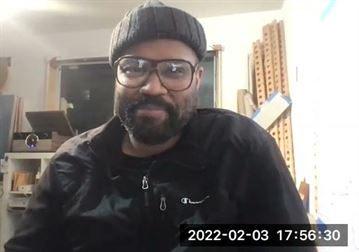
Ajamu Kojo, the artist behind the “Black Wall Street” exhibition, featured in Montclair State’s George Segal Gallery.
Sal DiMaggio | The Montclarion
Originally from Little Rock, Arkansas, Kojo’s inspiration for this project was sparked when he saw a film called “Rosewood,” which was based on an event similar to the Tulsa Race Massacre. He then did more research about Black Wall Street, eventually seeing one of the last living survivors of the attack, Dr. Olivia J. Hooker, speak in person, whom he based one of his pieces on.
“Ten years later [after watching that movie], I came across a video of Dr. Hooker,” Kojo said. “She was recounting her story with somebody, and I knew that I had to meet this woman. So, I dug deep and found out she was actually giving a talk. I went to go see her and listen to her speak and that just really sparked this series into play.”
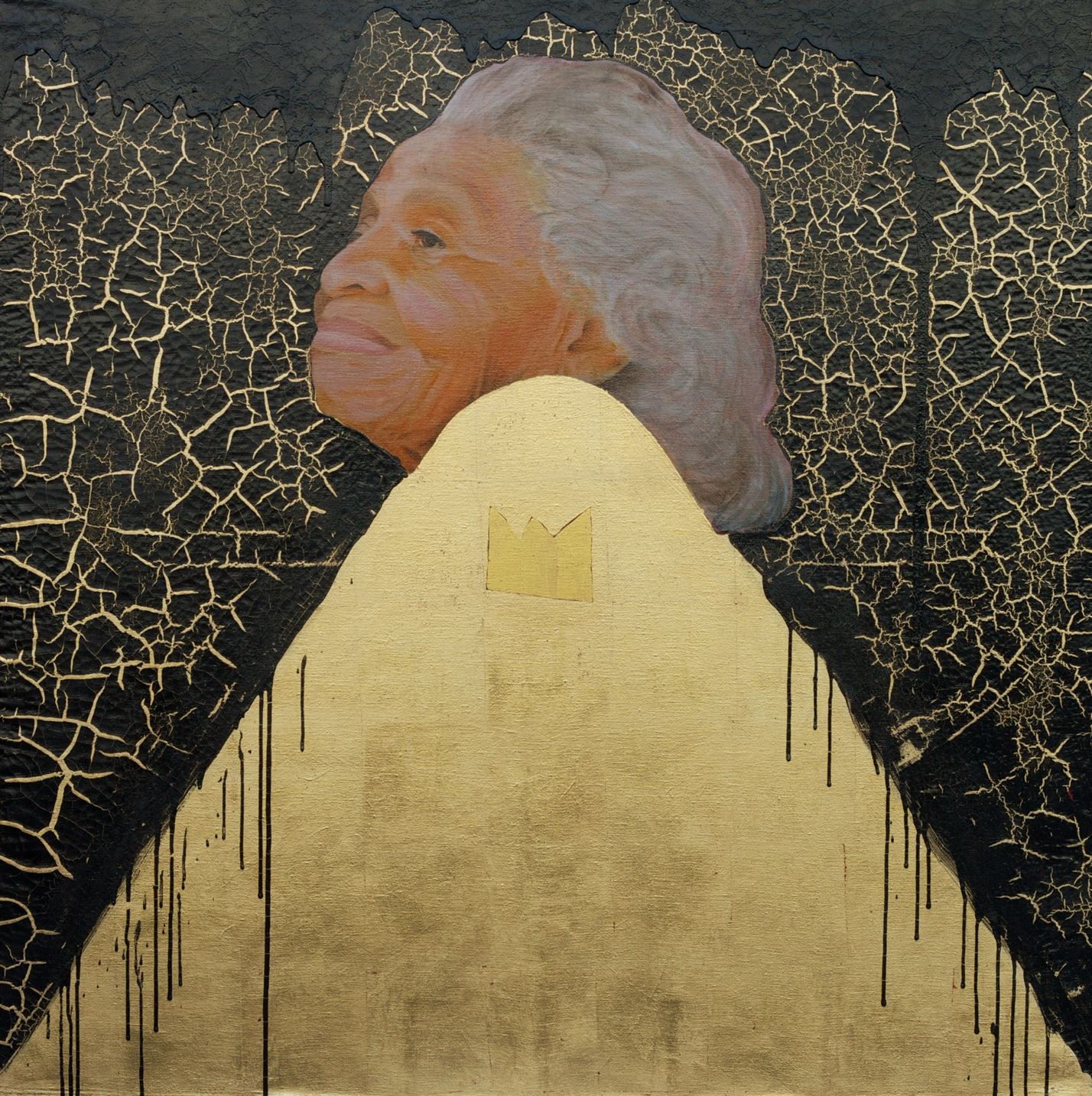
A portrait of Dr. Olivia Hooker, one of the last survivors of the 1921 Tulsa Massacre. Hooker was a large inspiration behind Kojo’s exhibition.
Photo courtesy of Ajamu Kojo
Some of the most visually interesting aspects of this work are the black drip marks and the smoke on the paintings, which are also some of the most meaningful.
“The dripping at the top of the painting [is] significant of the wealth that rested underneath the land,” Kojo said. “It basically put the wheels in motion and allowed them to create their own commerce within the Greenwood District. But, it also gives a sense of foreboding of the massacre that is to come.”
Kojo explained what the smoke at the bottom of the canvas meant and how it tied together with the black drip marks, given that the white residents of Tulsa had burned Black businesses to the ground.
“Beneath the paintings, I’ve created a faux finish technique that I learned as a scenic artist [for] fire damage, which is a representation of the massacre itself and the destruction it caused for the people in the Greenwood District,” Kojo said. “I use these two elements as a means to frame the work themselves without having to actually frame the work.”
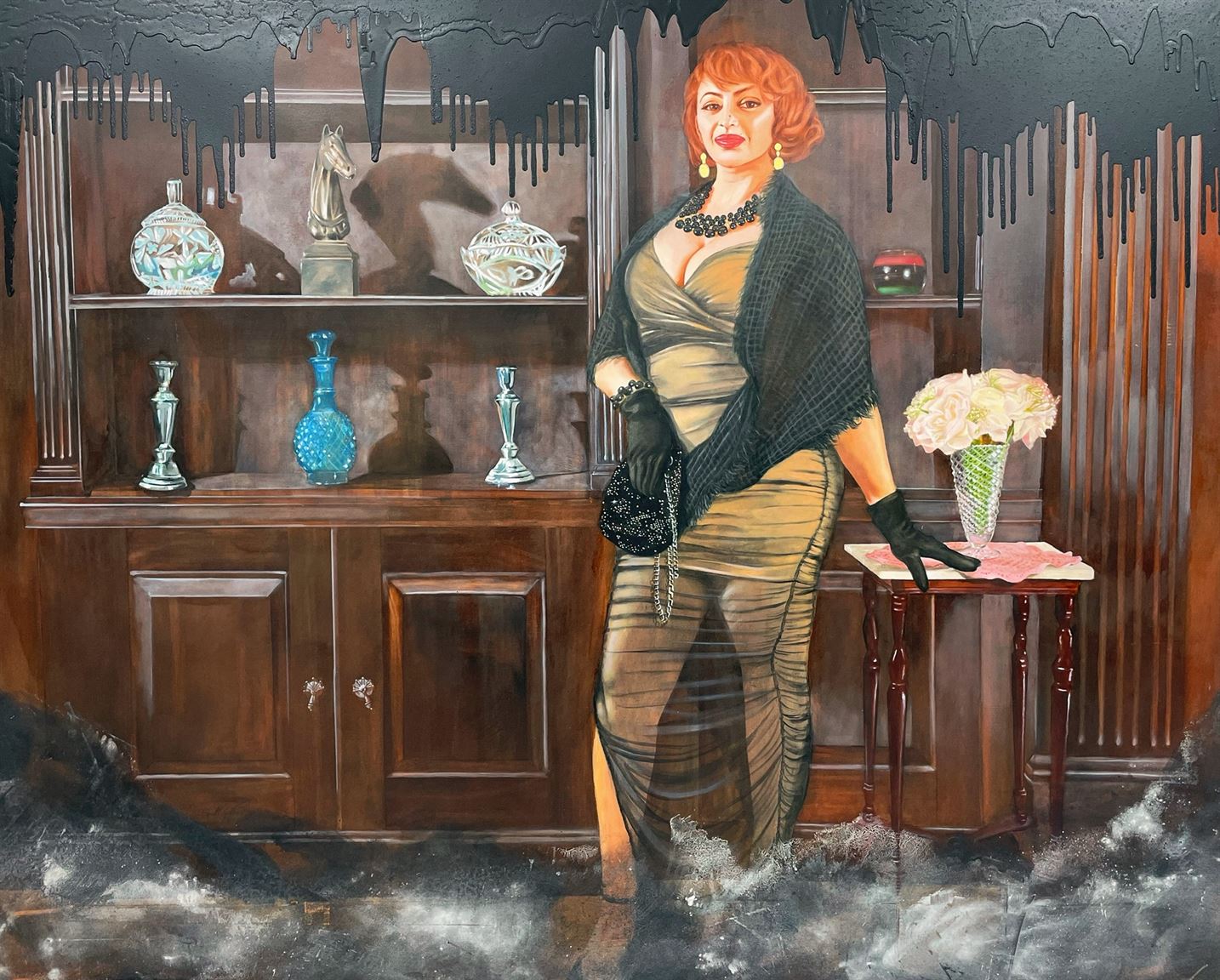
This painting is an example of a Black business that was destroyed in the 1921 Tulsa Massacre.
Photo courtesy of Ajamu Kojo
Kojo’s purpose behind his exhibition is to bring attention to the Black excellence that was present in the Greenwood District before the massacre took place, and how events like the massacre have severely impacted the progress of the African-American community.
“That state of emotional upliftment was interrupted by jealousy, bigotry and prejudice,” Kojo said. “So, the message I’m sending is [that] these are things that Black people can do. We’ve done it before and we can do it again.”
Megan C. Austin, the director of the gallery, said as soon as Kojo had told her about his project, she knew it was perfect for Montclair State.
“An educational university or gallery is the perfect place to have this discussion,” Austin said. “To bring all these works together and to look at the issues being addressed in the work from as many angles as possible and to not only celebrate Black excellence but also educate people about Black Wall Street.”
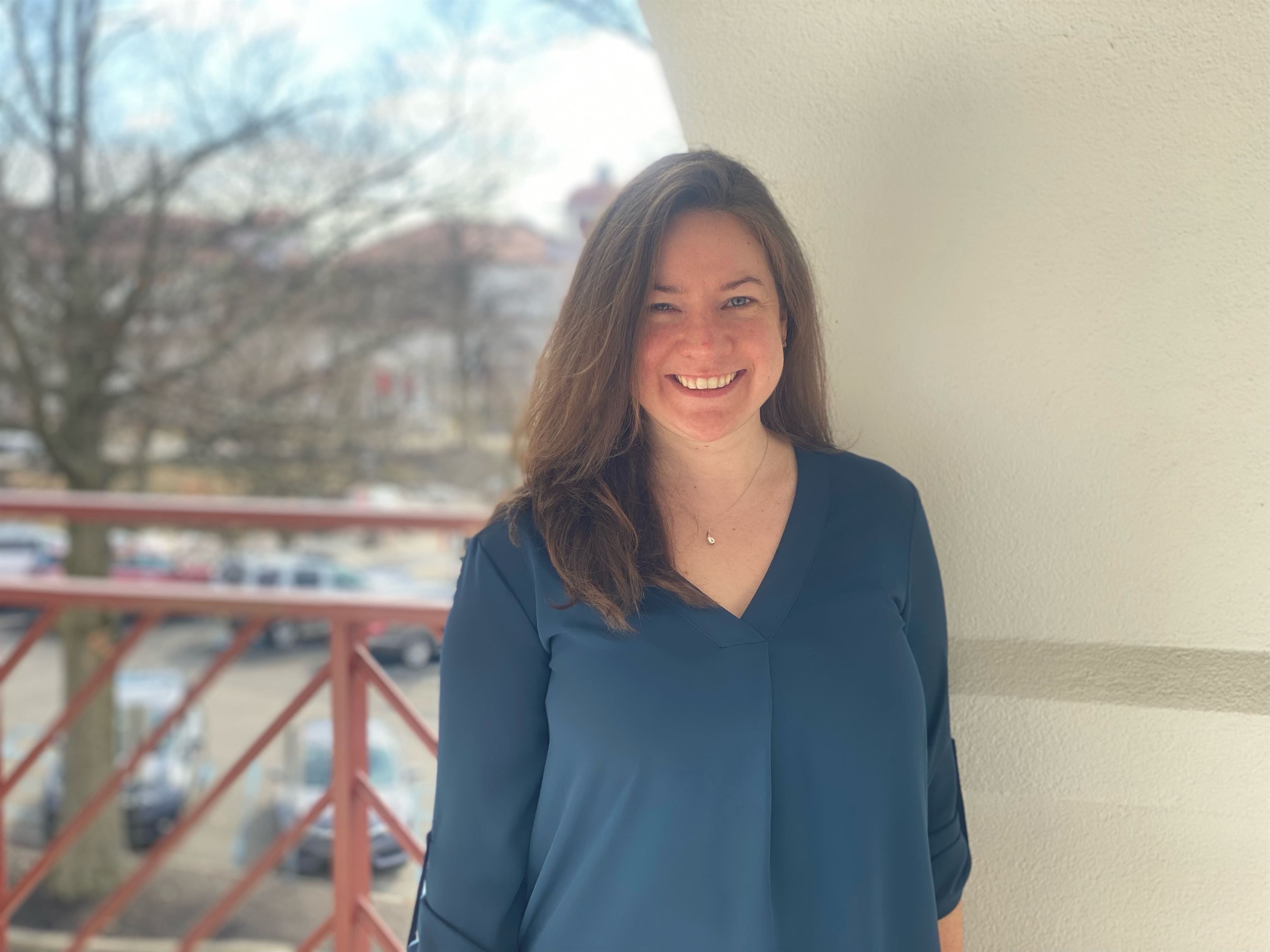
Megan Austin, director of the Montclair State University Galleries, felt the university was the perfect place to showcase Kojo’s exhibition.
Sal DiMaggio | The Montclarion
Tommy Robert, a sophomore fashion studies major at Montclair State and a student worker at the gallery, said Kojo’s message struck home with him as a Black student.
“As a Black student, as a Black man, as a Black kid [and] as a Black creator, it means so much more because I feel like it just represents so much for us [and] so much of our past and future,” Robert said. “It represents our perseverance, our determination and it represents all our joy that no matter what Black people go through, we always end up coming up on top.”
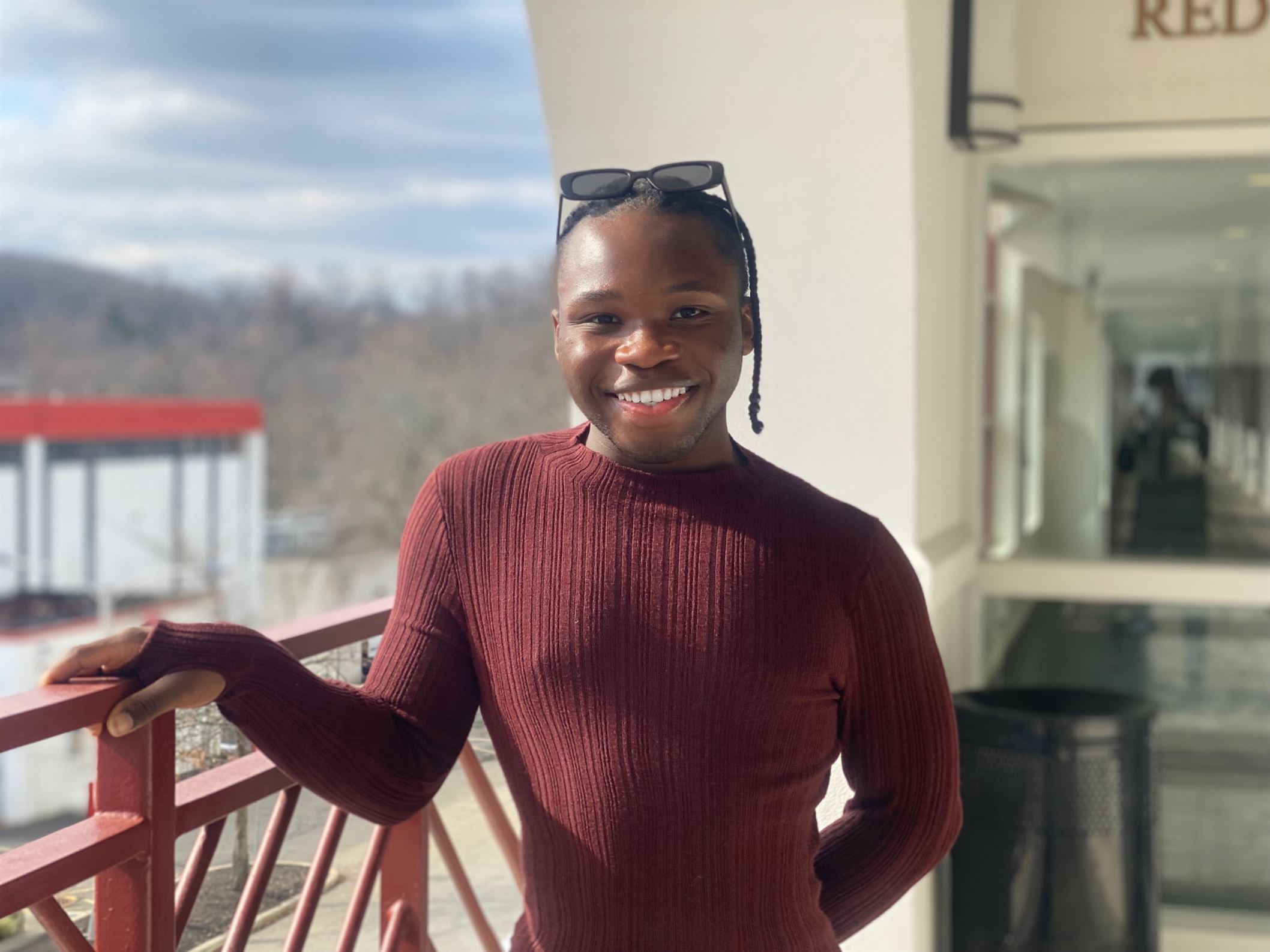
Tommy Robert, a sophomore fashion studies major, strongly connected with Kojo’s message in his art.
Sal DiMaggio | The Montclarion
The exhibition opened on Feb. 15 and will be on display until April 23. You can find the George Segal Gallery by the entrance to Red Hawk Deck.

